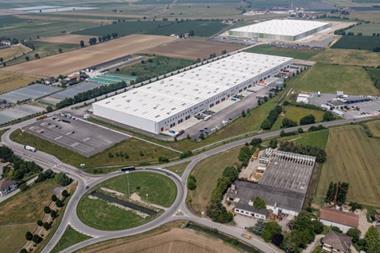POLAND - Surprisingly strong tenant appetite for secondary locations increased first-half take-up in the Warsaw office market by 46% compared with the same period last year.
Around 30% of the increase in uptake is attributable to renegotiations and renewals, with 6% the result of expansion.
In contrast to a pan-European trend away from secondary locations, a report published this week by Savills recorded significantly lower vacancy rates outside Warsaw's central business district (CBD).
A 5.2% vacancy rate in secondary locations accounted for an overall fall in the capital's voids from 8% to 6.2% over the past year.
The city centre vacancy rate remains stubborn at just above 8%. City-centre office accounts for around a third of the Warsaw market, with further a 26.5% in the Mokotów district.
Brian Burgess, managing director at Savills Poland, told IP Real Estate: "As with all reports, it's a photograph of a particular point in time. In the medium term, as supply grows because it's easier to build outside of the CBD, the vacancy rate will rise again."
In the meantime, secondary-quality assets reflected the pan-European trend, with significantly less appetite for them than for prime.
"There's not much activity in class B property - activity is restricted to the best assets," said Burgess. "Geographically, there is diversification - but not in terms of the class of building."
Although Savills expects to see continued growth in secondary locations, commercial's continued performance is predicated on central bank forecasts of 4% GDP growth this year, as well as on investment in capital projects such as country's vast road-building project and what Burgess describes as "the feelgood factor".
"There is more appetite for a presence in Poland than there is in Bulgaria," he said.
Unlike other strong regional economies such as the Czech Republic, Poland's bullish GDP forecasts are based on strong domestic demand, making the Polish market less dependent on trade balances.
"There's a lot of catching up to be done anyway," said Burgess. "Now the office market is being driven by investors coming into Warsaw, rather than because those who are already here are expanding."
Warsaw accounts for around 60% of the Polish office market.












